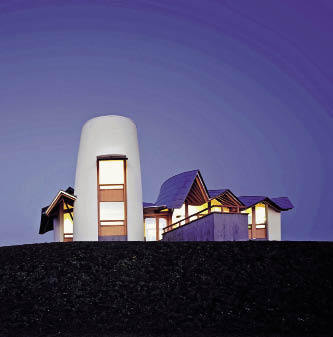It was the neon lit windowless corridor in the surgery in Dumfries that did it. It was June 1993 when Maggie Keswick and her husband Charles Jencks heard the prognosis that she had two to three months to live as the breast cancer had spread to her liver and her bones. In fact Maggie was to live fighting the disease for another 18 months — she died on 8 July 1995. But she lives on every day through her inspired idea that cancer patients need a place to deal with the facts of what she called ‘the dreaded disease’. She wanted to show that things need not be so awful, that patients are not victims and that self-help is possible if you can be in the right kind of place.
This book is moving, ambitious and brave. Moving because it is highly personal; ambitious because it discusses the huge problem of modern buildings for health, and brave because, like Maggie Keswick, it is not afraid to challenge medical orthodoxy.

Get Britain's best politics newsletters
Register to get The Spectator's insight and opinion straight to your inbox. You can then read two free articles each week.
Already a subscriber? Log in






Comments
Join the debate for just £1 a month
Be part of the conversation with other Spectator readers by getting your first three months for £3.
UNLOCK ACCESS Just £1 a monthAlready a subscriber? Log in